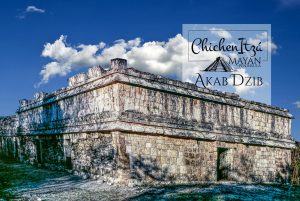
Akab Dzib in Chichen Itza
The name of Akab Dzib in Chichen Itza comes from non-deciphered hieroglyphs that means “dark writing”, not because of “dark spell-like enchantments”, but because they

The name of Akab Dzib in Chichen Itza comes from non-deciphered hieroglyphs that means “dark writing”, not because of “dark spell-like enchantments”, but because they
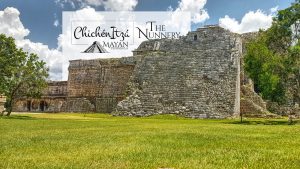
The Nunnery in Chichen Itza has its front to the north and consists of three buildings: Las Monjas (The Nuns), the East and Southeast wings,
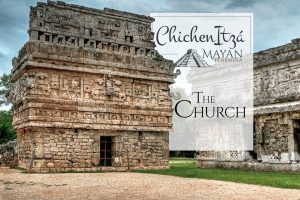
When the Church in Chichen Itza first discovered, this building was notable for the good state of preservation it was in, and for the richness

The Observatory in Chichen Itza, also known as El Caracol, is a round structure very similar to those that exist in other parts of Mesoamerica.

The Xtoloc Cenote in Chichen Itza gets its name from the Mayan word for “iguana” and it was given this name because they inhabit the

The Xtoloc Temple in Chichen Itza receives its name because it’s located next to the Cenote with the same name, the second largest cenote in

The House of the Deer in Chichen Itza is nearly gone, but it has very similar architectural guidelines to those of Chichanchob. It’s on a

Chichanchob in Chichen Itza is the largest and best preserved of the four buildings that surround the plaza or main plain. Chichanchob translates as “small
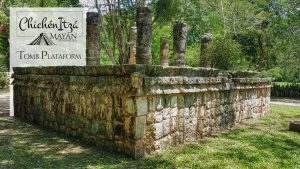
The Tomb Platform in Chichen Itza, also known as 3C4, has three chambers that contained human remains, which is the reason why it was later
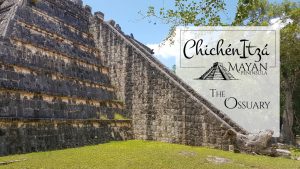
The Ossuary in Chichen Itza is also known as the Great Priest’s Tomb. This structure measures more than 10 meters high and it’s made up